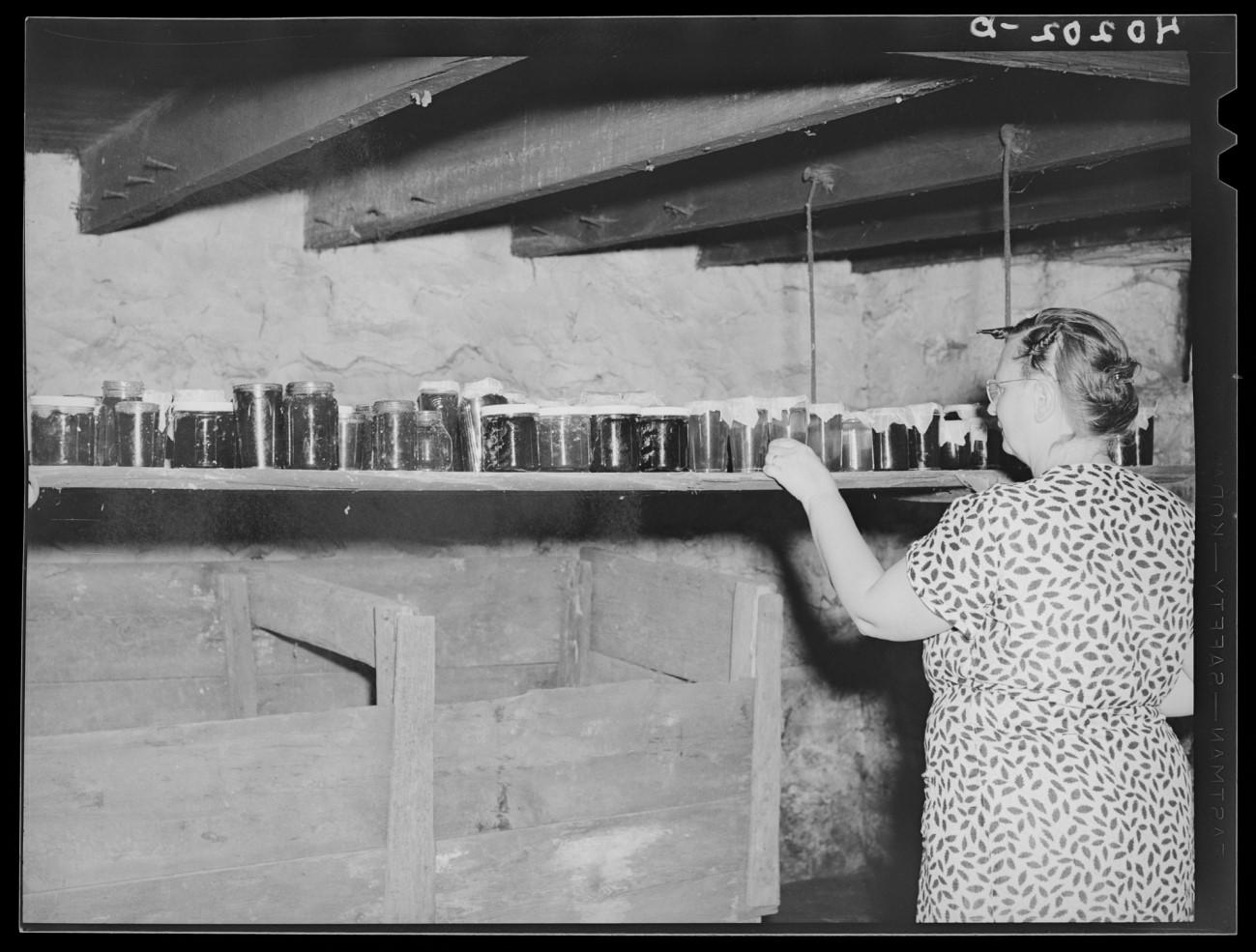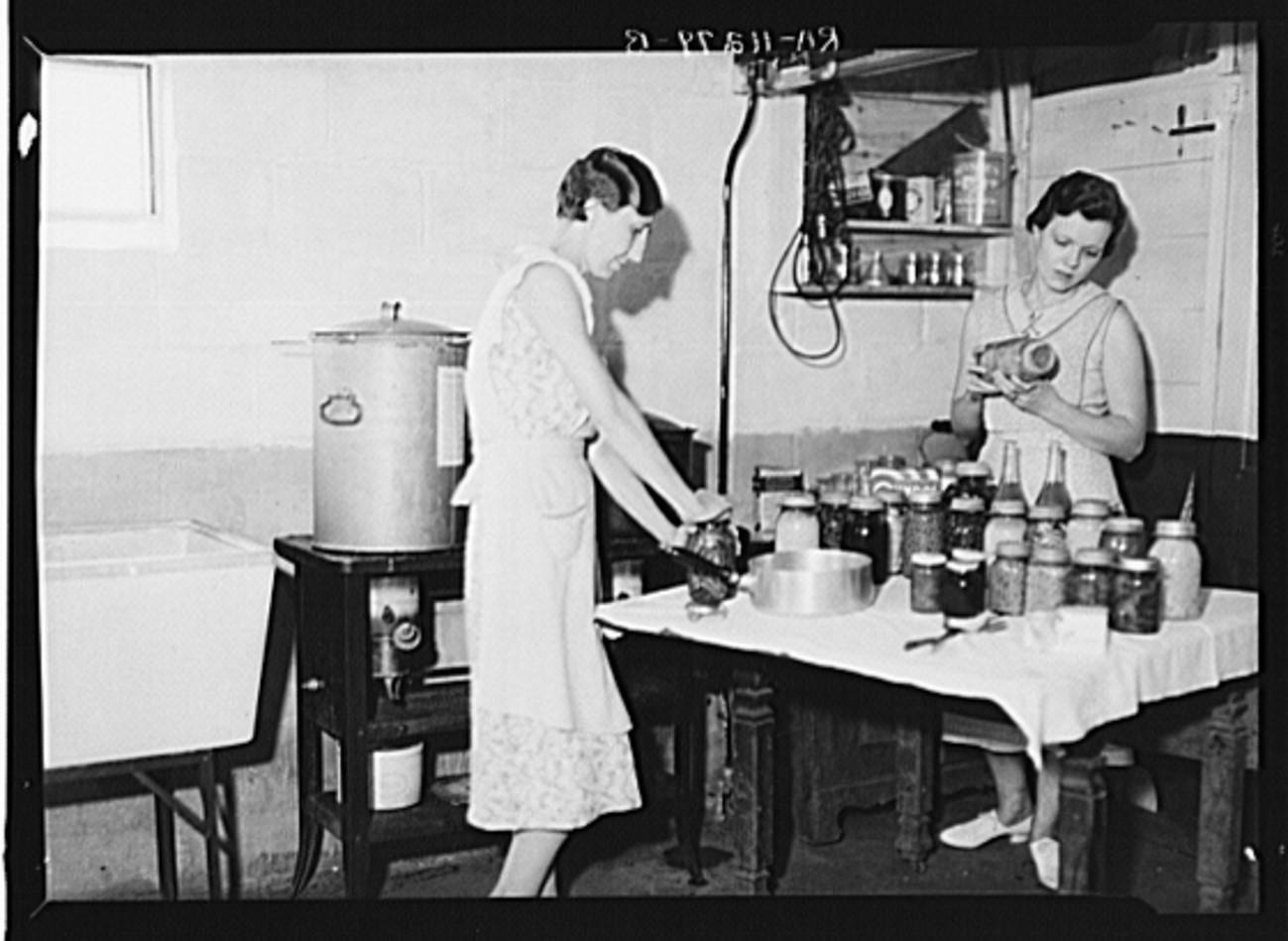
6 minute read
FARM SECURITY ADMINISTRATION
The RPS Benelux Chapter HISTORY OF PHOTOGRAPHY
Some of the photos made became icons like ‘Migrant Mother’ by Dorothea Lange. I will not focus on these icons but show some work that, at best, was only used by the government at the time
© Dorethea Lange - LC-USF34-018287
In this article about the Farm Security
Administration (Historical Section) I will show some of the less known photos of photographers like Dorothea Lange, Walker Evans, Carl Mydans, Arthur Rothstein and Lee Russell, just to mention a few.
What these photographers have in common is that during part of their career they worked for the Farm Security Administration (Historical Section) on photographic assignments for the US government under president Roosevelt to support his New Deal policy.
Some of the photos became icons such as ‘Migrant Mother’ by Dorothea Lange, ‘Fleeing a Dust Storm’ by Arthur Rothstein and ‘Portrait of Allie Mae Burroughs’ by Walker Evans. I will not focus on these icons but will show some work that, at best, was only used by the government at the time.
THE FARM SECURITY ADMINISTRATION
The 170,000 photographs taken between 1935 and 1944 under the direction of the Farm Security Administration (FSA) and the Office of War Information (OWI) constitutes one of the richest photographic archives in the United States. The collection is kept at the Library of Congress and is in the public domain.
In a nutshell, the objective of the FSA photographic assignments was to make the public aware of certain problems in American society, create a sense of urgency to address these problems and get further support and funding for the New Deal policy. Further, the assignment was to photograph the result of the good work done by the government and gain even more support. Later the objective shifted to photograph the happy American way of life in general and also the US preparations for the Second World War. Because of the economic crisis that had already started in 1929 (Black Tuesday) and the agricultural crisis (Dust Bowl) the problems were many: rural and urban poverty, sub-standard housing conditions, unemployment and many migrant workers, drought, dust storms and erosion of the land, just to mention a few.
GEOGRAPHY
The limited few iconic photos that came out of the total FSA collection might give the impression that the FSA was all about rural misery and poor farmers. Using a geospatial tool called ‘Photogrammar’, it is revealed that the FSA photographers were literally all over the place. They were not only provided with a script, camera, film and flashbulbs but also with a car. The range of topics is impressive: erosion in the countryside, a housing project in Maryland, snow in Vermont, life in small towns, farmers and sharecroppers, fishermen, mining and big city life.
PROPAGANDA
The FSA assignments served a purpose: to support the New Deal. The assignments were often based on a detailed script with a list of topics the photographer had to ‘hit’. In a neutral sense we could label the assignment as a paid job based on instructions and in RPS terms it was ‘Applied Photography’. But the FSA work has also been challenged many times as being straightforward propaganda and not always fully honest. There is one case for example where, in post-processing, an image was manipulated. In the case of the ‘Migrant Mother’ in the double sense as the manipulation concerned the hand of the mother. See also the article written by Mike Yates FRPS.
Another example was a serious controversy at the time about the out of context use of an image made by Arthur Rothstein of a skull in the desert. Also, his first project in the Sheshandoa National Park was heavily challenged in a documentary but defended by James Deutsch in the Journal of American History, June 2012.
It is generally admitted that many images made by the FSA were often staged, including the famous image ‘Fleeing a Dust Storm’ by Arthur Rothstein.
To research the aspect of propaganda in the FSA photography (selective photo making, selective usage, adding and leaving out context and further manipulation) would take a research of a master thesis level and probably even more than one.
THE COLLECTION
I am convinced that knowledge of the photography of the past enhances photography of today but working with the archive of the Library of Congress and the Photogrammar tool built by the University of Richmond also brings the joy of treasure hunting.
So, I highly recommend to have a look. All images in this publication are from the Farm Security Administration/Office of War Information Black-and-White Negatives, Prints & Photographs Division, Library of Congress. Individual numbers of the photos are indicated in the caption.
In our Winter volume we publish Part 2 of this FSA article.

The Photograpmmar visualization platform shows by photographer and by county the intensity of photography. Similar overviews by city are available. The FSA covered all aspects of life in the USA.
The FSA collection holds about 200 images on the theme Homes and Living Conditions/ Household Activities/Canning and Preserving. The images don’t only show the result of the canning process but also give best practices for preserving and canning, labelling and storing food.
A LONG CAPTION
The image of Dorothea Lange has a long caption: Title: Fruit jars being sterilized on old lady Graham's back fence in berry season. Near Conway, Arkansas. Caption: "We just gather and can peas, beans, berries, and sausage when we butcher the hogs in the winter. We put up seventy-five quarts of berries, sixty of beans, sixty of kraut, thirty of grapes and twenty of peaches. I swapped two bushels of grapes and got two bushels of peaches and I swapped one bushel of grapes for one bushel of apples" Dorothea Lange / July 1938 (Page 55)
© Carl Mydans - LC-USF34-006366

From top to bottom © Dick Sheldon - LC-USF34-040202 © Paul Carter - LC-USF341-T-011279 © Russell Lee - LC-USF34-031832



Year on year drought and ineffective land management caused soil erosion. The increasing number of cyclones may also have caused Dust Bowl conditions. FSA photographers were apparently requested to photograph the problem of erosion as many of them had pictures in their portfolio describing this problem. I included two images of Walker Evans. One image clearly illustrating erosion but the other one has focus on the tree. Apparently, he could not resist to capture this as an arty image.
From top to bottom © Walker Evans - LC-USF347-003057-C © Walker Evans - LC-USF34-003039-C


From top to bottom © Jack Delano - LC-USF34-043859-D © Russell Lee - LC-USF34-010115-D © John Vachon - LC-USF34-060791-D








